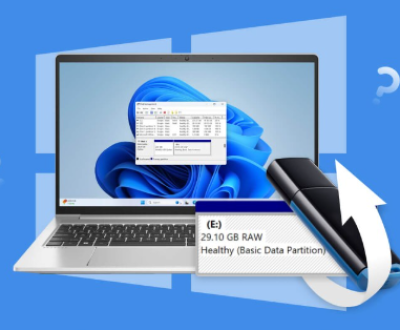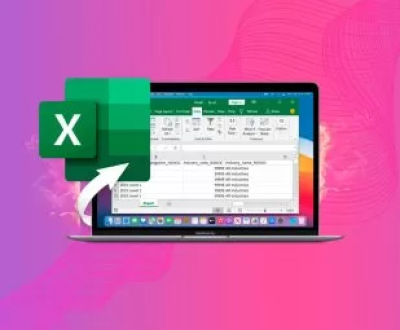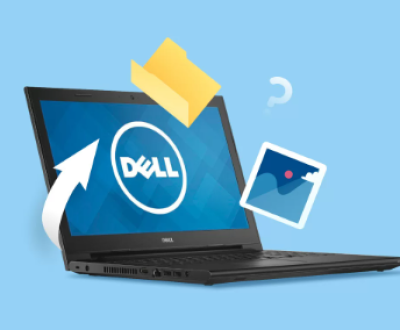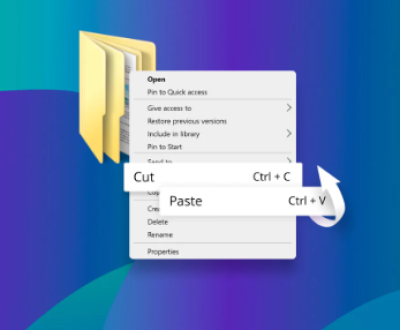When a hard drive breaks, it can be one of the most frustrating experiences for any computer user. Whether it’s due to physical damage, a failed component, software corruption, or simply the age of the device, the consequences can be significant, especially if valuable data is stored on the drive.
A broken hard drive can manifest in various ways: the computer may fail to recognize it, it might make unusual sounds, or it may show signs of malfunctioning software. In some cases, you may be lucky enough to recover your files using specialized data recovery software. However, more severe issues might require professional intervention.

Chapter 1: Identifying the Type of Hard Drive Failure
Before diving into the recovery process, it’s important to determine the cause of the hard drive failure. The first step is to recognize the signs of damage, which fall into two general categories: physical and logical damage.
1.1 Physical Damage
Physical damage typically occurs when the hard drive is dropped, subjected to impact, exposed to water or fire, or experiences overheating. Common indicators of physical damage include:
Unusual noises: Clicking, grinding, or whirring sounds coming from the drive are a strong indication of mechanical failure, such as a damaged read/write head or a motor issue.
Burn marks or other visible damage: In the case of electrical failure, burn marks or melted parts on the drive might indicate an electrical short or component failure.
Failure to spin up: If the hard drive doesn’t make any noise or show any signs of spinning up when powered on, it could be a sign that the motor or internal components are damaged.
Bad sectors or read errors: A drive may exhibit bad sectors, causing data to become inaccessible.
1.2 Logical Damage
Logical damage occurs when the hard drive’s data structure is corrupted but the physical components are still intact. Logical damage can result from:
File system corruption: If the drive’s file system is corrupted due to an improper shutdown, malware attack, or software failure, the data may become inaccessible.
Accidental deletion: This could include accidentally deleting files or formatting the drive.
Virus or malware infections: Some viruses and malware can alter or damage file structures, making data recovery more challenging.
Partition loss: If the partition table is corrupted, the drive may not be recognized by your operating system.
Chapter 2: Initial Steps Before Attempting Recovery
Before you attempt any data recovery, it’s crucial to follow certain precautionary steps to prevent further damage and increase your chances of success.
2.1 Stop Using the Drive
The first and most important rule in data recovery is don’t use the drive after you realize there’s an issue. Continuing to write data to a failing drive can overwrite the data you wish to recover, making it much more difficult or even impossible to retrieve.
2.2 Assess the Situation
Physical damage: If your drive shows signs of physical damage (e.g., making clicking sounds), attempt to connect it to another computer or use it in a different enclosure only if you feel confident. If unsure, stop and consult a professional.
Logical damage: If the issue appears to be logical (e.g., the drive isn’t physically damaged but the files are inaccessible), there may be software solutions that can help.
2.3 Consider Professional Help
If you suspect physical damage or the drive is unrecognizable by your system, it’s best to consult with a professional data recovery service. These services typically have clean rooms and specialized tools to recover data from damaged hardware. However, if the failure is logical or minor physical damage, software recovery might be sufficient.
Chapter 3: Software-Based Data Recovery Methods
For logical damage, such as accidental deletion, corruption, or partition loss, you can try using data recovery software. Several reputable tools can help you recover files from a damaged hard drive.
3.1 Choosing the Right Software
Panda Assistant is compatible with both Windows and Mac systems, providing a flexible solution for users across different platforms. It allows users to preview recoverable files before performing the recovery, helping to ensure that the right data is restored.
For those who need an easy, reliable, and cost-effective solution for recovering lost data, Panda Assistant stands out as a solid choice. It offers both free and paid versions, with the paid version providing additional advanced recovery features and priority support for more complex data loss scenarios.
3.2 Running the Recovery Software
Here’s a general process for using data recovery software:
Download and Install: Install the software on a working computer, not on the drive you wish to recover data from. This prevents any potential overwriting of data.
Connect the Broken Drive: Connect the damaged hard drive to your computer. If it’s a laptop hard drive, you may need a USB-to-SATA or USB-to-IDE adapter to connect it externally.
Scan the Drive: Launch the software and select the broken drive for scanning. The software will perform a deep scan, looking for deleted or lost files.
Preview the Files: After the scan completes, preview the recoverable files. Most recovery software provides the ability to preview photos, documents, and other files before recovery.
Recover the Files: Select the files you wish to recover and choose a destination folder on a healthy drive. Avoid saving recovered files to the broken drive to prevent overwriting.
3.3 Limitations of Software Recovery
Software recovery works well for logical damage, but its effectiveness can be limited if:
The drive has severe physical damage.
The file system is heavily corrupted.
The drive has been used after data loss (which could cause data to be overwritten).
Chapter 4: Advanced Data Recovery for Physical Damage
When the hard drive shows signs of physical damage, you may need to take more advanced recovery steps. Here are some options for dealing with physical damage.
4.1 DIY Methods for Minor Physical Damage
In some cases, you can attempt basic fixes yourself if you’re comfortable handling hardware. For example:
Check the cables and connectors: Loose or damaged cables can prevent the hard drive from being detected. Try using different cables or a different computer.
Freeze Method: While unconventional and controversial, some users have reported temporary success by placing the drive in a sealed plastic bag and freezing it for a few hours. This might cause the internal parts to contract slightly and allow the drive to spin up long enough for recovery. This is risky and not recommended as a long-term solution.
4.2 Professional Data Recovery Services
For more severe physical damage, especially when there are issues like head crashes, motor failure, or platter damage, professional data recovery services are your best option. These services often operate in clean rooms, which are dust-free environments that prevent further contamination of the delicate drive internals.
Cost: Professional services can be expensive, ranging from $500 to $2.500 or more, depending on the extent of the damage.
Process: Technicians will often disassemble the hard drive in a clean room to repair or replace components, like the read/write heads or the controller board. Afterward, they will attempt to retrieve the data using specialized tools.
4.3 When to Seek Professional Help
If you hear strange noises like clicking or grinding from the hard drive.
If the drive fails to spin up at all.
If you suspect internal mechanical failure (e.g., the platters are misaligned).
Chapter 5: Preventing Future Data Loss
While data recovery techniques can be effective, they are not always foolproof. To minimize the risk of data loss in the future, consider implementing these best practices:
5.1 Backup Your Data Regularly
The best way to prevent data loss is by backing up your files regularly. Use cloud storage services like Google Drive, Dropbox, or iCloud for automatic backups. For larger files, consider using an external hard drive or a dedicated backup solution.
5.2 Use SMART Monitoring Tools
Hard drive failures often give early warning signs. Tools like CrystalDiskInfo or HDDScan monitor the S.M.A.R.T. (Self-Monitoring, Analysis, and Reporting Technology) status of your drives, which can alert you to impending failure.
5.3 Handle Drives With Care
Be gentle with your hard drives. Physical damage can often be prevented by ensuring that the drive is not subjected to impact, heat, or moisture.
About us and this blog
Panda Assistant is built on the latest data recovery algorithms, ensuring that no file is too damaged, too lost, or too corrupted to be recovered.
Request a free quote
We believe that data recovery shouldn’t be a daunting task. That’s why we’ve designed Panda Assistant to be as easy to use as it is powerful. With a few clicks, you can initiate a scan, preview recoverable files, and restore your data all within a matter of minutes.
Subscribe to our newsletter!
More from our blog
See all postsRecent Posts
- Retrieve files from usb 2025-07-04
- How to retrieve overwritten excel file 2025-07-04
- How to retrieve lost files on sd card 2025-07-04

 Try lt Free
Try lt Free Recovery success rate of up to
Recovery success rate of up to









